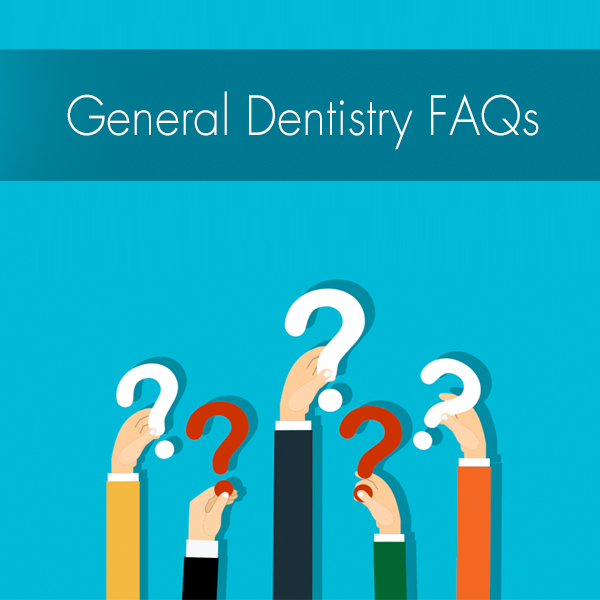First, when purchasing a toothpaste for you or your child, select one that contains fluoride. Fluoride-containing toothpastes have been shown to prevent cavities. However, one word of caution: Use only a very small amount for children under age 6 (the size of their fingernail). This is because young children swallow toothpaste, and swallowing too much fluoride can lead to tooth discoloration in permanent teeth.
Next, when considering other properties of toothpaste -- such as whitening toothpastes, tartar-control, gum care, desensitizing, etc. -- the best advice for selecting among these products may be to simply ask your dentist what the greatest concerns are for your mouth at this time.
Finally, some degree of personal preference comes into play. Choose the toothpaste that tastes and feels best. Gel or paste, wintergreen or spearmint all work alike. If you find that certain ingredients are irritating to your teeth, cheeks or lips, or if your teeth have become more sensitive, or if your mouth is irritated after brushing, try changing toothpastes. If the problem continues, see your dentist.



